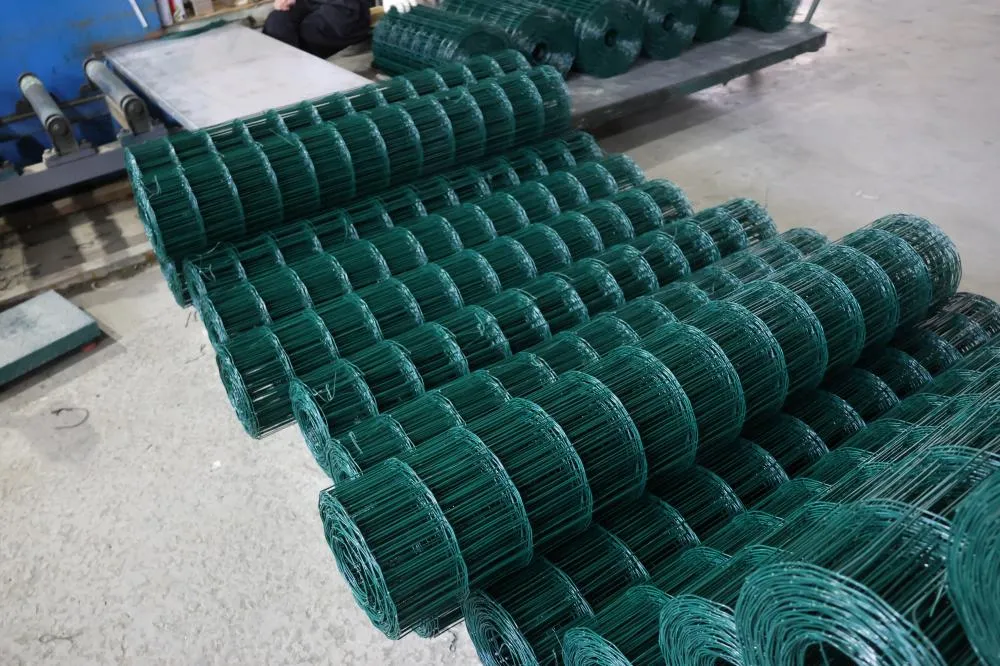Installing Durable Barbed Wire Fences for Farm Security and Livestock Protection
The Role of Barbed Wire Fences in Modern Farming
In the vast expanse of agricultural land across the globe, the use of barbed wire fences has been a part of farming practices for more than a century. These fences, characterized by their sharp barbs that protrude at regular intervals, are designed to prevent livestock from wandering and to keep intruders out. This simple yet effective technology has profoundly impacted the way farming operates today, enhancing security, improving land management, and fostering better animal husbandry practices.
Historical Context
Barbed wire was first patented in the United States in 1867, and it quickly became popular among farmers looking to protect their land and livestock. Before the advent of barbed wire, farmers faced numerous challenges in securing their property. Wooden fences were expensive and labor-intensive to maintain, while natural barriers were not always effective. Barbed wire provided a cost-efficient solution that could be installed rapidly over large areas, transforming the landscape of agriculture.
Security and Protection
One of the primary advantages of barbed wire fences is their ability to deter unwanted intruders. Farms often face threats from wildlife that can damage crops, as well as from animal predators that may attack livestock. Barbed wire acts as a physical barrier, making it more difficult for these threats to access vulnerable areas of the farm. Additionally, barbed wire fences protect the farmer’s investment, both in terms of crops and livestock, ensuring a more stable and secure farming environment.
Livestock Management
The management of livestock is a critical aspect of farming, and barbed wire fences play a vital role in this process. By containing animals within a designated area, farmers can better control grazing patterns, ensuring that pastures are not overgrazed and that animals have access to adequate food and water sources. This controlled grazing can lead to healthier livestock and better weight gain, ultimately resulting in enhanced productivity for the farm.
farm barbed wire fence

Moreover, barbed wire fences make it easier to divide large tracts of land into smaller, manageable sections. This segmentation allows farmers to rotate pastures, a practice that promotes soil health and prevents overuse of particular areas. By rotating livestock through different sections, farmers can improve the quality of their land while also minimizing the risk of disease spread among animals.
Cost-Effectiveness and Durability
Another appealing feature of barbed wire fencing is its cost-effectiveness. In comparison to other fencing options, such as electric or wooden fences, barbed wire is relatively inexpensive to install and maintain. The materials used to produce barbed wire are durable and resistant to environmental factors, ensuring a long lifespan. As long as the fence is properly maintained, it can withstand the elements and serve its purpose for many years.
The initial installation of barbed wire fencing can be done with minimal labor, making it an attractive option for farmers working with tight budgets. Additionally, the time saved in setting up such a fence allows farmers to allocate resources to other critical areas of their operations.
Environmental Considerations
While barbed wire fences are immensely beneficial for farming practices, it is essential to consider their environmental impact. In some cases, barbed wire can pose a threat to wildlife, particularly in regions where endangered species may be present. To address these concerns, farmers are encouraged to employ strategies that minimize harm to wildlife, such as using wildlife-friendly fencing alternatives or incorporating gaps in the fencing for animal passages.
Conclusion
Barbed wire fences have become an indispensable tool in modern farming, offering security, efficient livestock management, and cost savings. Despite the challenges they may present to wildlife, thoughtful implementation and maintenance can alleviate many of these issues. As agriculture continues to evolve, the fundamental principles behind the use of barbed wire will likely remain relevant, underscoring its significance in the daily operations of farms around the world. Farmers can continue to rely on this practical innovation as they navigate the complexities of land stewardship and animal husbandry in an ever-changing environment.
-
Space-Saving Chain Fence Hacks Vertical Gardening with Cyclone MeshNewsJul.16,2025
-
Innovations in Iron Nail Wire Production for Modern ConstructionNewsJul.16,2025
-
Creative Uses of Wire Netting Fence in Modern Landscape DesignNewsJul.16,2025
-
Barbed Wire Fence Innovations in Anti-Climb TechnologyNewsJul.16,2025
-
Architectural Uses of Umbrella Nails for Aesthetic Roof DesignsNewsJul.16,2025
-
Architectural Uses of Razor Barbed Wire in Secure Urban DesignNewsJul.16,2025




